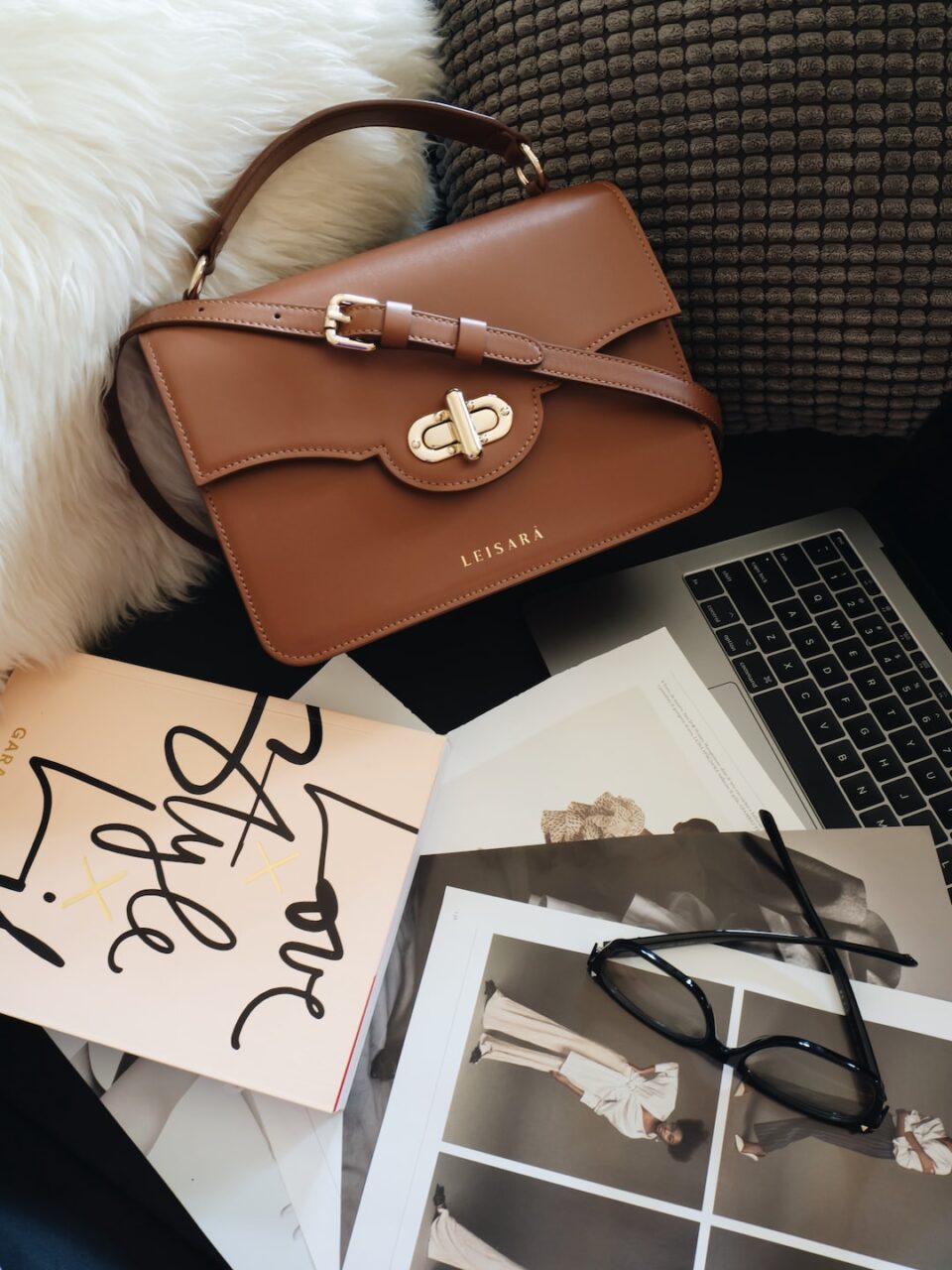The Power Suit: Breaking Barriers with Feminine Tailoring
In a world where fashion is constantly evolving, one trend has stood the test of time and revolutionized the way women dress in the professional sphere – the power suit. Originally a symbol of male dominance and authority, the power suit has gone through a transformative journey, breaking barriers and shifting paradigms. Today, women are empowered with their own version of this sartorial statement – the feminine power suit.
The conventional definition of a power suit has always been associated with masculinity – sharp lines, structured shoulders, and a monochromatic palette. It was a uniform for men to assert dominance and authority in the corporate world. However, as societal norms began to change, women demanded their place in the professional realm and sought their own way to project confidence and authority.
In the early 20th century, pioneering women such as Coco Chanel and Marlene Dietrich challenged the norm by embracing androgynous fashion. They wore blazers, tailored pants, and bow ties, defying traditional gender roles and marking the beginning of a sartorial revolution. These women understood that clothing played a crucial role in expressing their individuality and their desire to break free from societal conventions.
Over the years, the concept of the power suit has evolved to encompass a broader range of silhouettes and styles. While the traditional masculine tailoring is still prevalent, designers have begun to explore how femininity can be infused into these structured garments. The feminine power suit retains the essence of power and authority while adding a touch of grace and elegance.
One of the key ways femininity is incorporated into the power suit is through the use of fabrics and textures. Soft, luxurious materials like silk and satin are used to create flowing blouses and delicate accents. This juxtaposition of materials brings a sense of fluidity and femininity to an otherwise rigid and structured silhouette. The result is a power suit that not only demands respect but also exudes a sense of grace and style.
Another way designers have redefined the power suit for women is through the exploration of color and patterns. Traditionally, power suits were dominated by neutral shades such as black, gray, and navy. However, modern interpretations of the feminine power suit embrace a wide spectrum of colors, from vibrant jewel tones to pastel hues. Bold prints, such as floral or geometric patterns, have also found their way into this powerful ensemble, allowing women to express their personality and individuality.
The fit of a power suit plays a significant role in showcasing femininity while maintaining professionalism. Tailoring has become more figure-conscious, with emphasis on highlighting the curves of a woman’s body rather than concealing them. Nipped-in waists, tapered trousers, and strategically placed darts flatter the female form without compromising on comfort or mobility. This redefinition of fit allows women to feel both comfortable and confident, empowering them to conquer any room they enter.
The rise of the feminine power suit has not only changed the way women dress in the workplace but has also challenged societal expectations and stereotypes. These powerful ensembles have become a symbol of women’s empowerment, breaking barriers and shattering glass ceilings. It is no longer just a trend; it is a movement towards equality and inclusivity.
The power suit has transformed from a symbol of masculine dominance to a tool that empowers women to take charge without sacrificing their individuality or femininity. It is an expression of confidence, ambition, and resilience that has the ability to transcend fashion and make a lasting impact on the way women are perceived in the professional world.
In conclusion, the power suit has evolved from its origins as a symbol of male authority to become an empowering garment for women. Through the infusion of feminine tailoring, fabrics, textures, colors, and fit, it has become a symbol of female strength, breaking barriers, and challenging societal norms. The feminine power suit is not just a fashion statement; it is a powerful tool for women to assert their presence and demand equality in the modern world.

